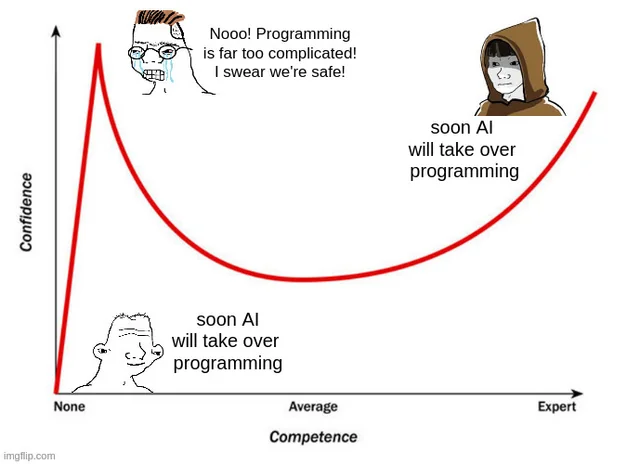Member-only story
The Logical Inference Forms
Arguments with one Premise: The Rules of Replacement
Most of the laws of logic are either so obvious that most people would not even notice that they were using them, or so obscure that they create logical arguments whose connection to human thought are somewhat tenuous. There are five basic rules of inference which from my experience really do get frequently used when people argue in real life, and these are the ones we will be concentrating on. However, when we translate a messy conversational sort of sentence into the kind of precise “logical English” that puts all the “if…then”s and “therefore ”s in the right places, we don’t always agree about the best translation. Some of these differences can be important to the quality of the argument, and some can be trivial. There are also some differences that are actually not really differences at all, because the laws of logic show both translations to be equivalent to each other. If you know some of what are called rules of replacement, you will be able to avoid worrying about which logical translation is the best when both translations actually mean the same thing. Here are the rules of replacement which my students have found useful.
This is basically just switching from a sentence that stresses sufficiency to a sentence that stresses necessity. The sentence “If Fido is a Dog, then Fido is a mammal” obviously implies “If Fido is not a mammal, the Fido is not a Dog.” Some people will see the same verbal sentence and translate it one of these two ways, and…





